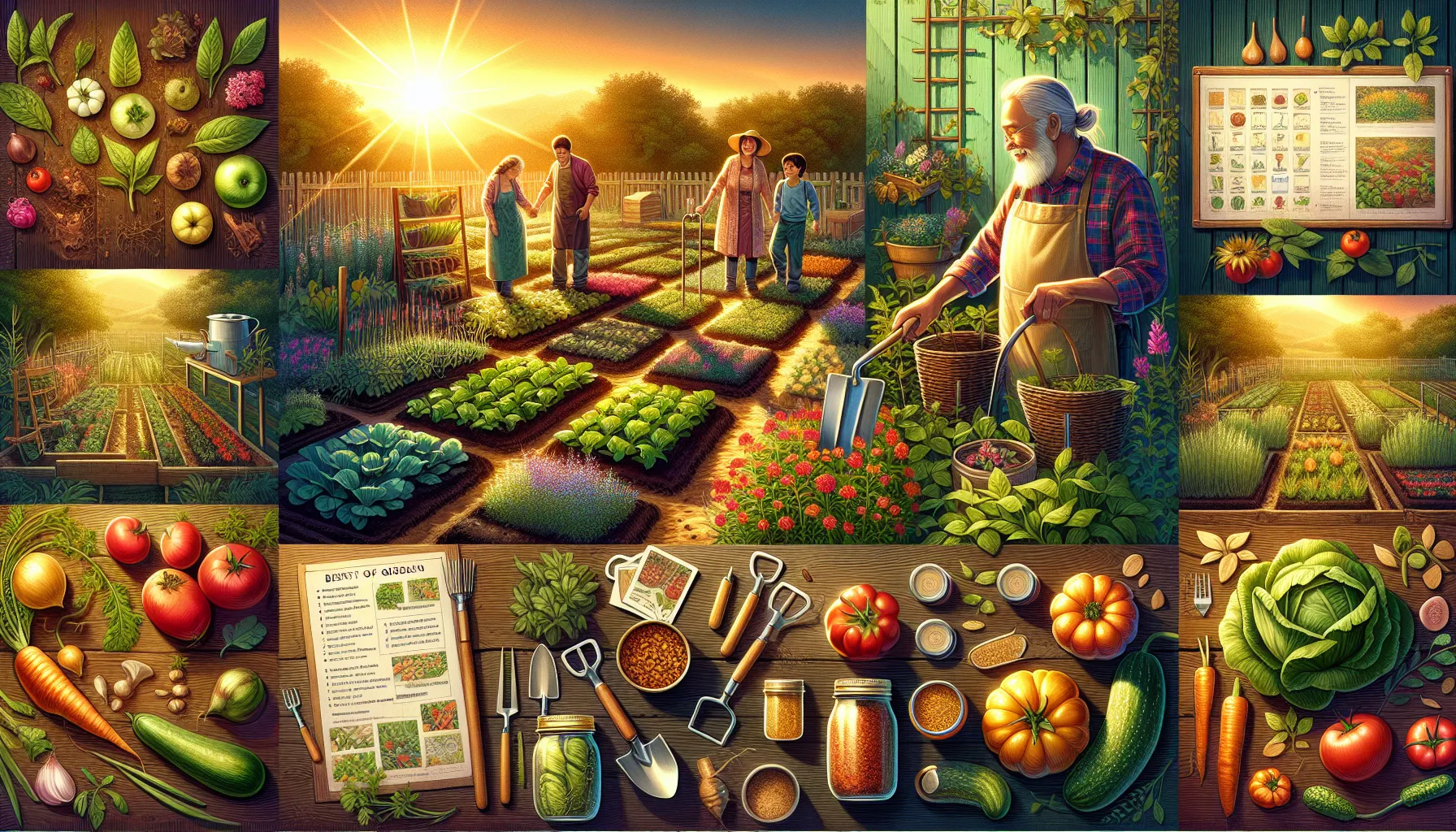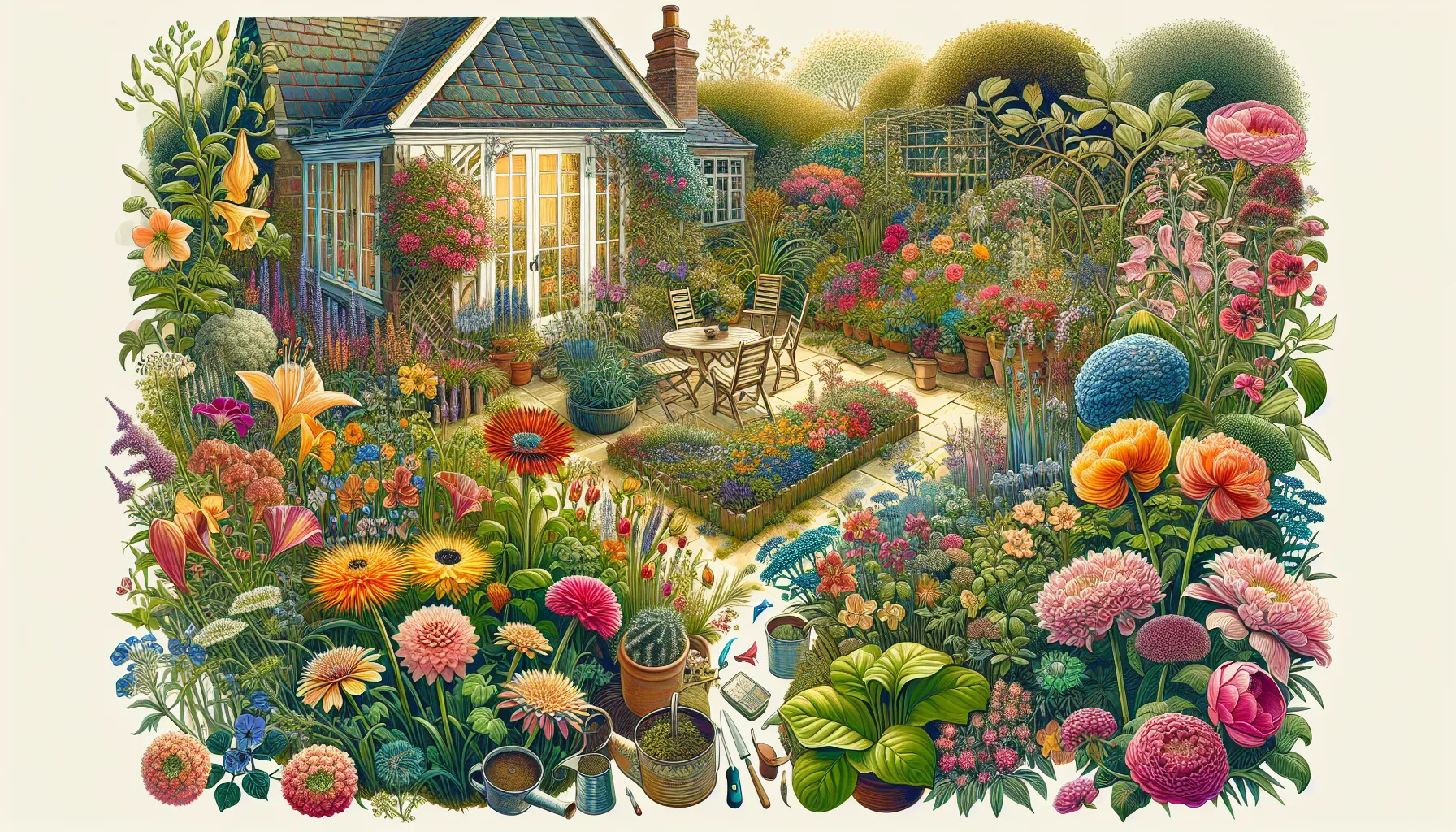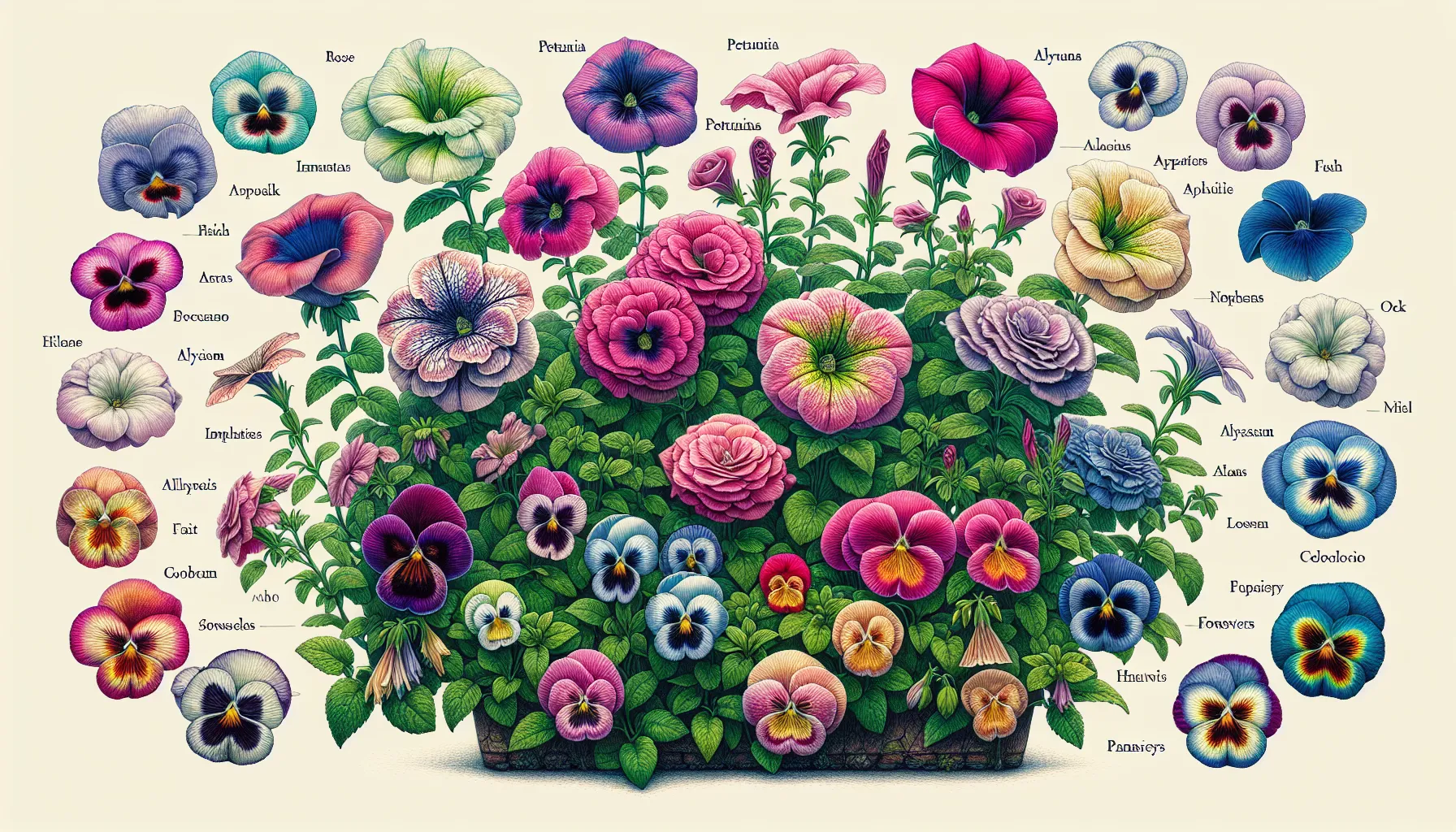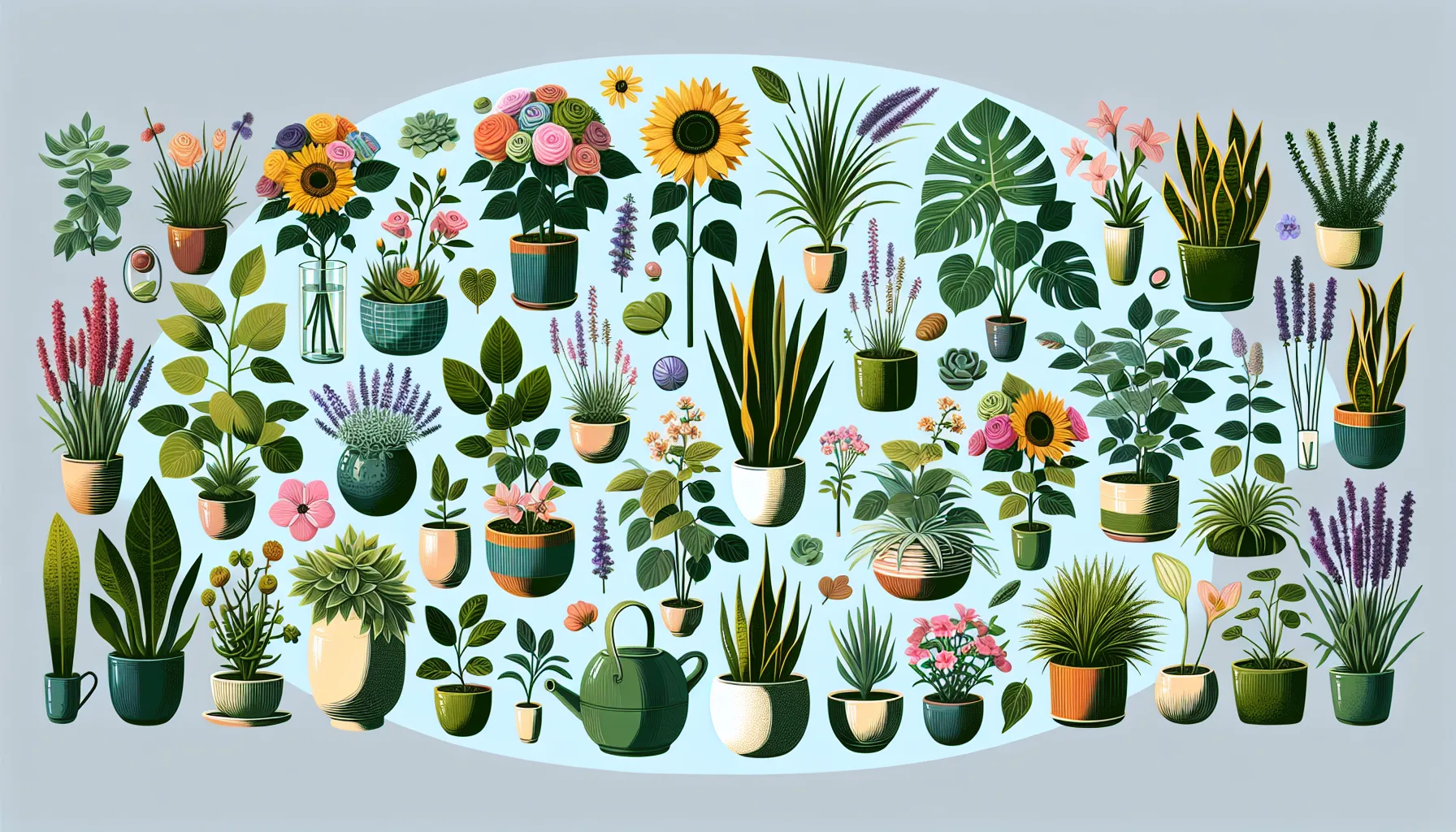
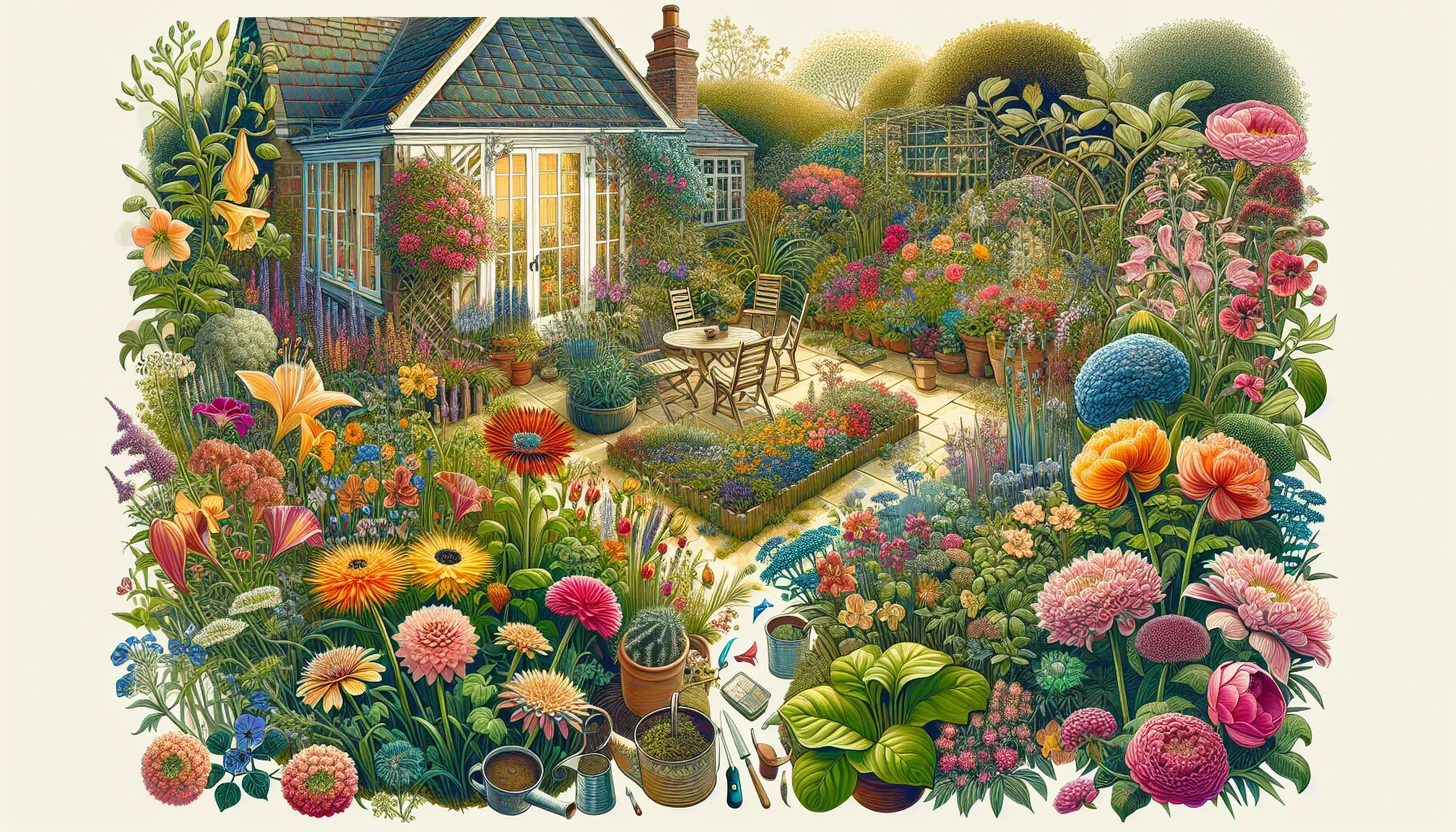
Yard flowers are not just beautiful additions to your home’s outdoor space; they play a significant role in the environment and your well-being. From enhancing your yard’s aesthetic appeal to attracting beneficial wildlife, flowers can transform your outdoor area into a vibrant and lively space. In this section, we will explore why flowers are important in your yard and the numerous benefits they offer.
Flowers are like the ornaments of nature that add color, fragrance, and beauty to our lives. In the yard, they serve many important functions beyond just looking pretty. Flowers are essential for a healthy ecosystem. They attract pollinators such as bees, butterflies, and birds, which are crucial for the reproduction of plants and the production of fruits and vegetables. These pollinators rely on flowers for nectar and pollen, which in turn, helps in pollination.
Moreover, having a variety of flowers in the yard can improve soil health. Some flowers, like marigolds, have natural properties that can repel pests and can even improve soil quality. This makes your garden healthier and more robust—capable of supporting more plant life and yielding better home-grown fruits or vegetables, if you choose to grow them.
One of the most exciting benefits of having yard flowers is the variety of wildlife they attract. From hummingbirds flitting around to butterflies that add an element of tranquility, your yard can become a sanctuary for these creatures. This not only helps the environment but also provides a fantastic opportunity for nature watching from the comfort of your home.
Another significant benefit of yard flowers is their impact on mental and physical health. Studies have shown that being around flowers and nature can reduce stress, improve mood, and even enhance cognitive function. Gardening, which often involves planting and taking care of flowers, is a great form of physical exercise that can improve endurance, flexibility, and strength.
Yard flowers can significantly enhance the curb appeal of your home. A well-maintained garden with colorful flowers can make your home stand out and add to its value. Whether you are planning to sell your home or simply want to make it more welcoming, adding flowers to your yard is a simple yet effective way to achieve that.
Finally, yard flowers play a crucial role in the environment. They help in reducing carbon dioxide levels and increasing humidity. This contributes to reducing the heat island effect in urban areas. Moreover, flowers provide natural cooling through the process of transpiration, making your yard a cooler and more pleasant place during the hot summer months.
In conclusion, the importance of having flowers in your yard extends far beyond their aesthetic value. They contribute to a healthy ecosystem, improve mental and physical well-being, enhance the curb appeal of your home, and offer numerous environmental benefits. By incorporating a variety of flowers into your yard, you can enjoy these benefits while creating a vibrant and welcoming outdoor space.
When it comes to beautifying your yard with flowers, understanding the different types of flowers you can plant is super important. Yard flowers come in several types, but we will focus on three main kinds: perennials, annuals, and native flowers. Each type has its charm and benefits, making your garden vibrant and colorful throughout the seasons.
Perennial flowers are the superstars of any garden because they come back every year. You plant them once, and they keep blooming season after season, which is awesome if you want to have a long-lasting garden without the hassle of replanting every year.
Annual flowers are like the one-hit wonders of the garden world. They bloom gloriously for one season, and then their journey ends. Planting annuals is excellent for keeping your garden looking different and fresh every year since you can always try new flowers.
Native flowers are the local heroes of the flower world. These are the types of flowers that naturally occur in your area, which means they are well adapted to your local climate and soil conditions. Planting native flowers can make your gardening life a lot easier since they usually require less water and care compared to non-native species.
In summary, whether you choose perennials that come back every year, annuals that let you change up your garden look annually, or native flowers that support local wildlife and are easy to care for, adding any type of yard flower will surely bring life and color to your outdoor spaces.
As I stood in my backyard one spring day, I couldn’t help but feel a sense of dissatisfaction with the lack of color and life in my yard. I had always admired my neighbors’ beautifully landscaped gardens full of vibrant flowers, and I longed to have my own piece of floral paradise.
After doing some research, I decided to focus on planting native flowers in my yard. Not only are native flowers well-suited to my region’s climate and soil, but they also provide much-needed food and shelter for local wildlife. I was excited to support the ecosystem while beautifying my space.
I started by planting a variety of native flowers, including black-eyed Susans, purple coneflowers, and butterfly milkweed. As the weeks went by, I watched in awe as my yard transformed into a colorful oasis. The sight of butterflies flitting from flower to flower and birds chirping happily in the trees brought me immense joy.
Not only did my yard flowers attract wildlife, but they also drew in compliments from neighbors and passersby. I felt a sense of pride knowing that I had created something beautiful and beneficial for the environment.
Planting native flowers in my yard was a simple yet impactful decision that brought me closer to nature and brightened up my outdoor space. I look forward to watching my garden grow and evolve with each passing season, knowing that I am doing my part to create a more sustainable and beautiful environment for all living creatures.
Choosing the right flowers for your yard can turn your garden into a colorful sanctuary. However, there’s a bit more to it than just picking your favorites. You need to think about your local weather, the kind of soil you have, what styles you like, and how much work you’re ready to put in. Let’s dive into how you can make the best choices for your garden.
Your local climate plays a huge role in what plants will thrive in your yard. If you live in a place that gets lots of rain and has mild summers, you’ll be looking at different options than someone in a dry, hot area. For instance, marigolds and zinnias love the sun and can handle a bit of drought, making them perfect for hotter climates. On the other hand, impatiens and begonias prefer shaded areas and cooler temperatures.
Not all soil is the same. Some soil is sandy and drains water fast, while other soil is more like clay and holds onto moisture. Knowing your soil type helps you choose flowers that will be happy in your yard. If your soil doesn’t drain well, irises or astilbes, which enjoy moist conditions, might be good choices. But, if you’ve got sandy soil, you might go for lavender or Russian sage that can handle drier conditions.
Your garden is a reflection of you! Whether you love a wild, natural look or neat, orderly rows, your personal style should guide your flower choices. Love dramatic, show-stopping blooms? Consider planting some peonies or hydrangeas. Prefer a more zen, minimalist garden? White roses and green foliage can create a peaceful vibe.
Also, think about colors. If you’ve got a favorite color, you can create a monochromatic garden by choosing flowers in different shades of that color. Or, for more variety, pick a color scheme, like warm colors (reds, oranges, and yellows) or cool colors (blues, purples, and greens), and choose flowers that fit into those categories.
Some flowers need lots of love and attention to thrive, while others are more low-maintenance. If you’re someone who enjoys spending time tending to your garden, you might not mind flowers that require regular pruning and deadheading, like roses. But if you’re looking for something more carefree, consider perennials like daylilies and coneflowers that come back year after year with minimal effort on your part.
Watering is another important consideration. Some flowers, like sedum and succulents, are drought-tolerant and perfect for gardeners who prefer not to water too often. Others, like asters and camellias, need consistently moist soil to flourish. Be honest about how much time you’re willing to spend watering your plants when making your choice.
By thinking about your climate and soil, reflecting on your personal style, and considering how much time you want to spend on maintenance, you can choose yard flowers that will make your garden a beautiful and enjoyable space. Whether you’re a seasoned gardener or just starting out, the right flowers are waiting for you.
Some low-maintenance flowers that do well in hot and dry climates include succulents like cacti and agave, as well as drought-tolerant flowers such as lavender, yarrow, and blanket flower.
Some shade-loving flowers that are relatively easy to care for include hostas, impatiens, begonias, and ferns. These plants thrive in shady areas and require less direct sunlight compared to sun-loving flowers.
For beginners, some foolproof flowers to consider planting in the yard include marigolds, zinnias, petunias, and pansies. These flowers are relatively easy to grow and maintain, making them ideal for those new to gardening.
To attract pollinators like bees and butterflies to your yard, consider planting flowers such as bee balm, butterfly bush, coneflowers, and milkweed. These flowers are known for their ability to attract pollinators and help support the local ecosystem.
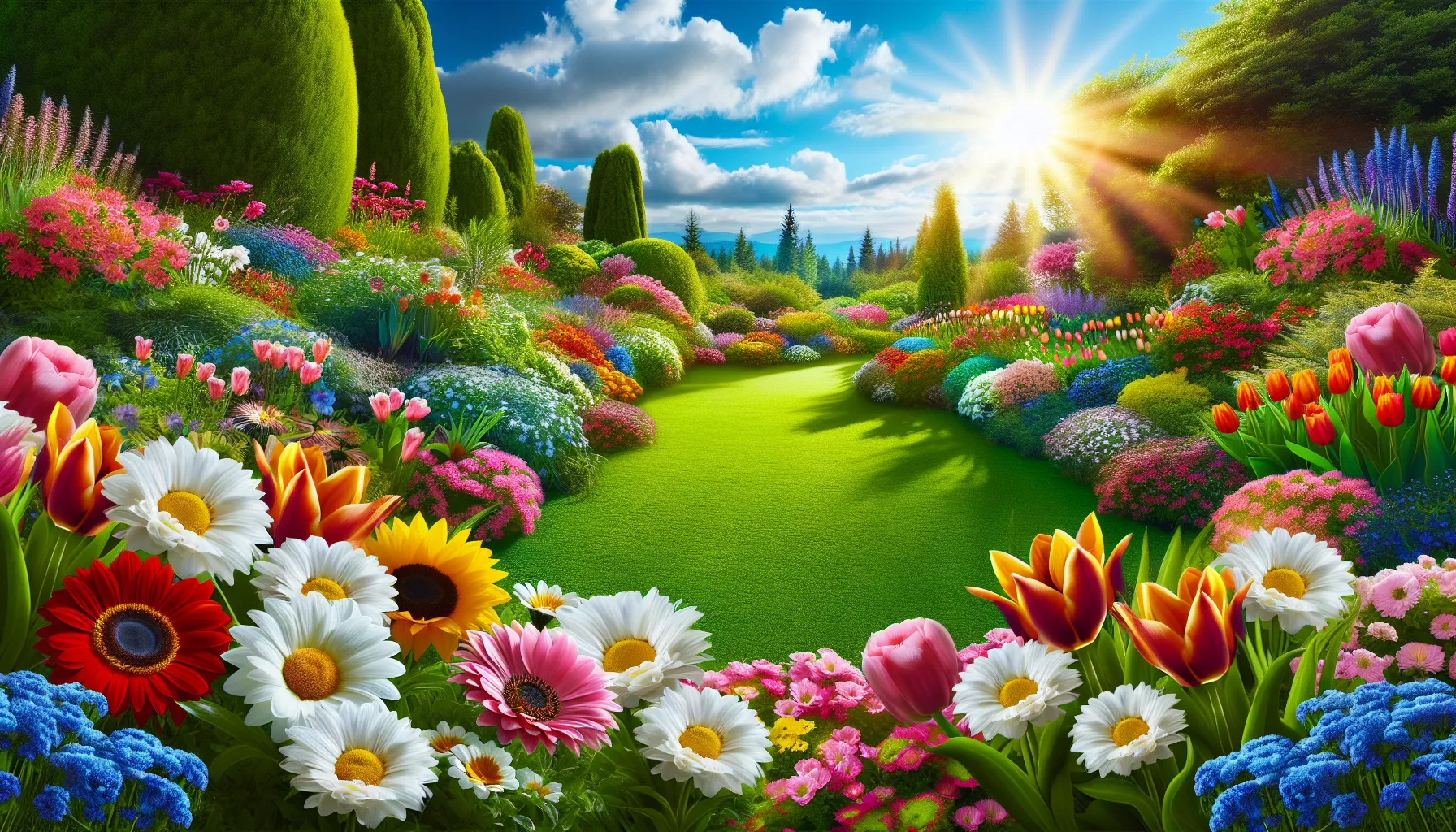
Growing flowers in your yard can transform it into a colorful and vibrant space. Whether you’re a beginner or have a little more experience gardening, knowing the essentials of planting and caring for your flowers will help ensure they bloom beautifully. Let’s dive into how you can prepare, plant, and maintain your yard flowers for the best results.
Before planting anything, preparing the soil is crucial. Good soil helps your flowers grow healthy and strong. Start by removing any weeds and debris. Then, break up the soil with a shovel or a tiller to loosen it, which helps the roots of your flowers grow easily. It’s a great idea to enrich the soil by mixing in compost or a general-purpose garden soil from a garden center. This adds nutrients that your flowers will need to grow.
When planting flowers, there are a few techniques that can help them thrive:
Consistent watering is key for flower gardens. Early in the morning is the best time to water your flowers, as it gives them time to absorb the water before the hot sun evaporates it. A general rule is to provide about an inch of water per week, but this can vary based on temperature and the type of flowers you’ve planted.
Fertilizing gives your flowers an extra boost. Use a balanced, slow-release flower fertilizer to feed your plants according to the package’s directions. Too much fertilizer can harm your plants, so it’s important to follow guidelines.
Pruning and deadheading are important to keep your flowers looking their best. Pruning involves cutting back overgrown or dead parts of plants to encourage healthy growth. Deadheading is the process of removing spent flowers. This encourages plants to produce more blooms instead of putting energy into making seeds.
Keep an eye out for any signs of pests or diseases. Aphids, spider mites, and Japanese beetles are common pests that can harm your flowers. Signs of disease might include spots on leaves, wilting, or stunted growth. If you notice any of these issues, head to your local garden center for advice on treatment. Being proactive and treating problems early can save your garden from bigger problems later on.
By preparing your soil properly, using the right planting techniques, and giving your flowers the care and attention they need, you can enjoy a beautiful, blooming garden all season long. Remember, gardening is a learning process that requires patience and persistence, so don’t be discouraged if everything isn’t perfect right away. Happy gardening!
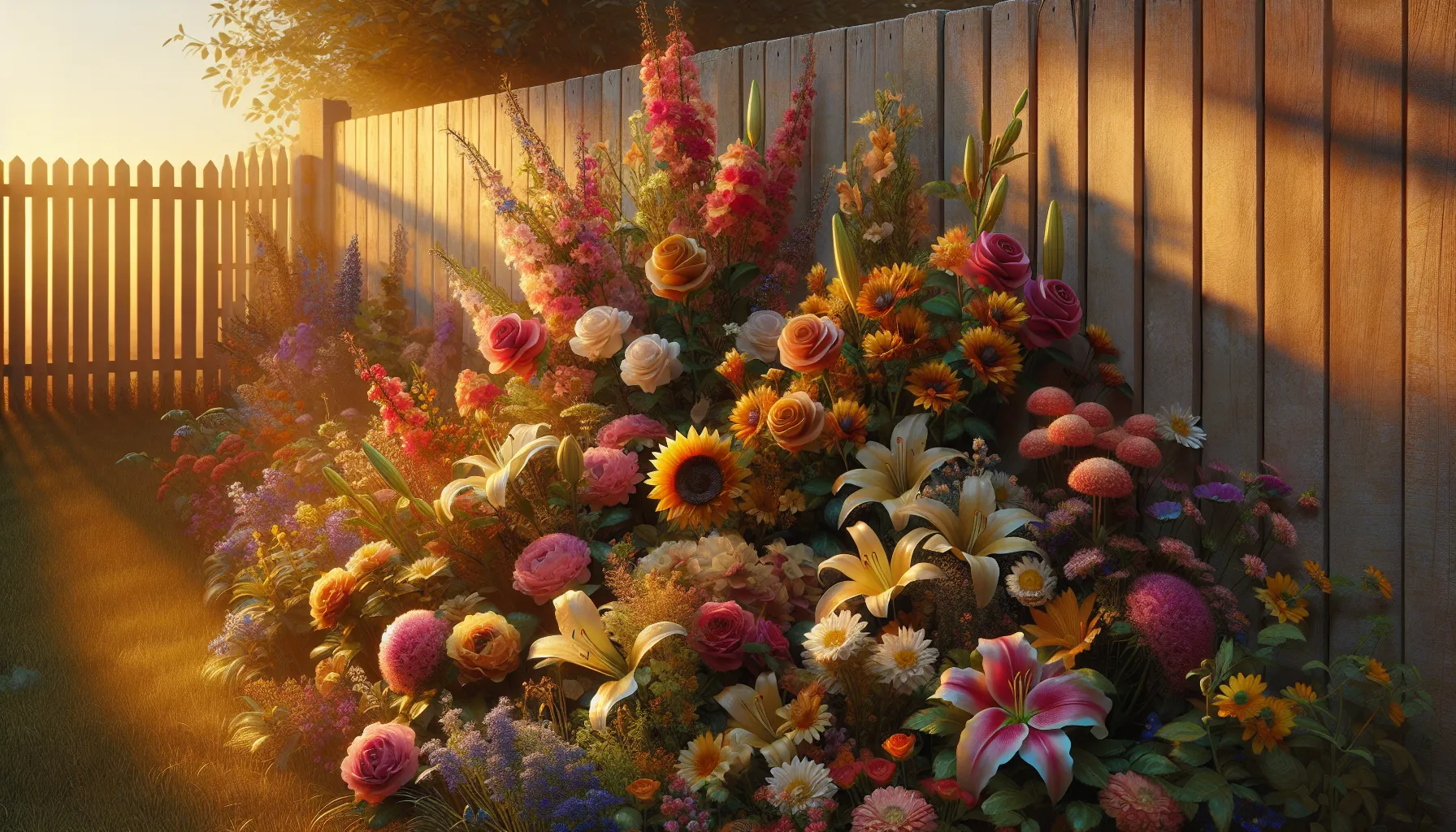
Designing a yard with flowers can turn your outdoor space into a beautiful and vibrant area where you can relax and enjoy nature. Here are some ideas to help you create stunning flower displays in your yard.
A circular flower bed in the middle of your lawn can be a striking focal point. You can plant flowers in a pattern or mix them for a burst of color. Consider taller flowers for the center and shorter ones towards the edges to create a tiered effect.
Border flower beds along the fence or walkway are great for adding color and drawing the eye towards the house. You can use perennial flowers that come back every year, so you don’t have to replant them. Mixing heights and colors can make the borders more interesting.
If your yard has poor soil, consider building raised flower beds. They can be made from wood, stone, or concrete blocks. Raised beds improve drainage and can be easier on your back when planting and weeding. They also stand out in your landscape.
Mixing perennials, which grow back every year, with annuals, which last for one season, keeps your flower beds looking lively. While the perennials grow back, you can change up the annuals each year for a new look.
Don’t be afraid to mix different colors. Bright colors can make your yard pop, while more muted tones offer a subtle beauty. Try to envision how the colors will look together in each season.
Incorporating flowers of different shapes and sizes adds depth and interest to your flower beds. Tall flowers like sunflowers or delphiniums draw the eye upward, while groundcovers like creeping thyme can fill in gaps beautifully.
Planting flowers around the base of trees or shrubs can soften their appearance and integrate them better into your garden. Be mindful of the tree’s roots when digging, and choose shade-tolerant flowers if the area doesn’t get much sunlight.
Flowers along pathways create a welcoming entrance and guide guests through your yard. Lavender, for instance, offers a pleasant scent along a pathway, while low-growing annuals can border a walkway nicely.
If you have a pond or fountain, surrounding it with flowers can enhance its beauty. Water-loving plants like irises can thrive near water features, while adding flowers with contrasting colors can draw attention to the area.
Designing your yard with flowers not only enhances its beauty but also allows you to express your creativity. Experiment with different layouts, mixes, and placements to find the best look for your space.
Having taken a virtual stroll through the world of yard flowers together, let’s reminisce about the many reasons we cherish these natural beauties. Yard flowers don’t just brighten up our outdoor space; they bring along a host of benefits. From attracting friendly pollinators like bees and butterflies to improving our mood and the air around us, flowers have a magical way of making our world better. They offer a natural and delightful way to decorate our yards, creating a colorful palette that changes with the seasons. Gardening, the act of caring for these flowers, also sneaks in some physical activity into our day, which is great for our health.
As we conclude our exploration, it’s clear that the allure of yard flowers goes beyond their visual beauty. They connect us with nature, provide a haven for wildlife, and can turn into a rewarding hobby. The joy of watching a flower bloom, the satisfaction of nurturing life, and the simple pleasure of being surrounded by beauty are experiences that enrich our lives in immeasurable ways.
Yard flowers remind us to pause, breathe, and appreciate the small wonders of life. They teach us patience, care, and the importance of paying attention to the natural world around us. Whether it’s the dramatic flair of roses, the sweet scent of lilacs, or the hearty resilience of sunflowers, each plant has its story and charm.
In embracing yard flowers, we embrace a world of color, life, and endless possibilities. Let’s carry forward the inspiration and joy they bring into every corner of our lives.

